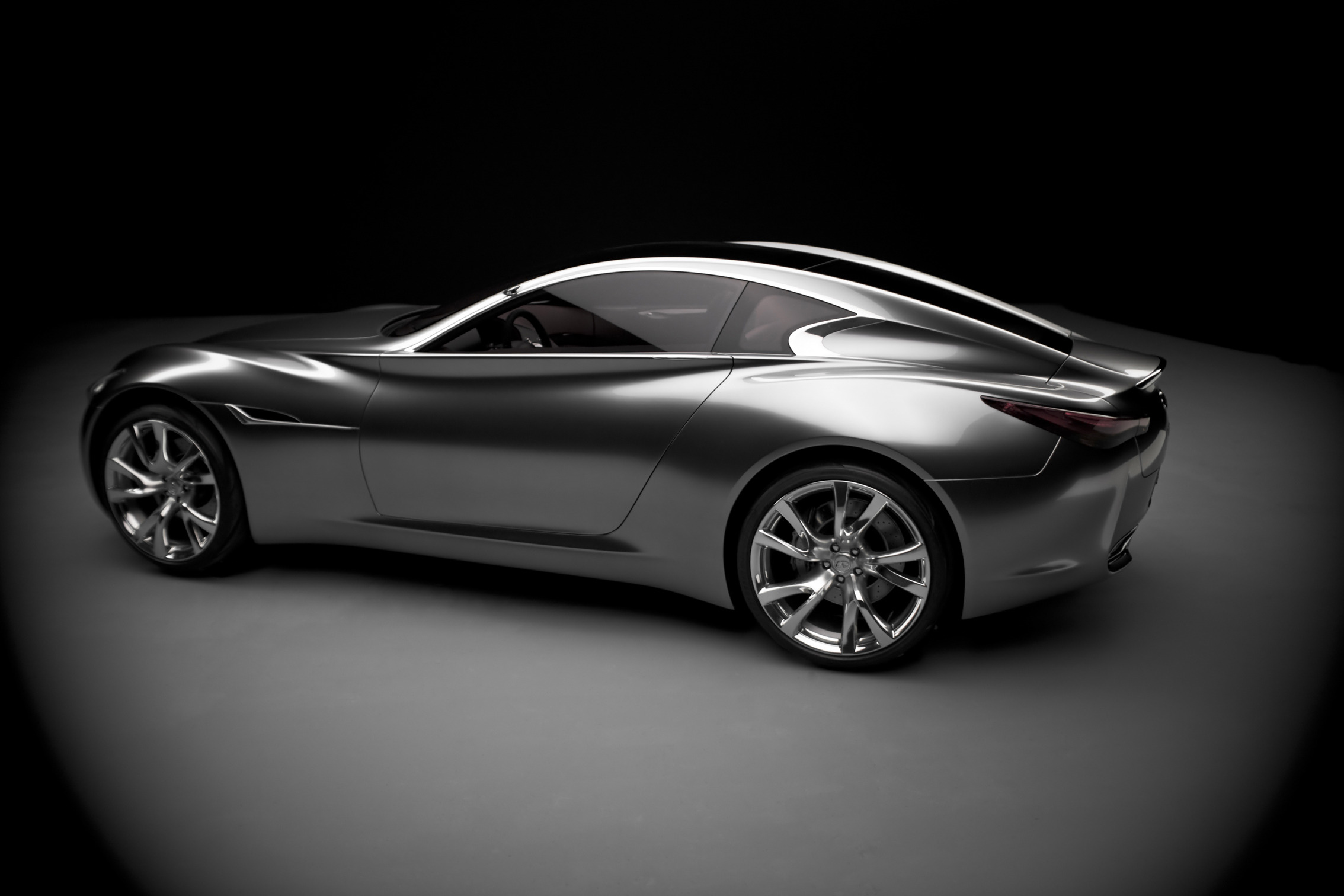For decades now, one of the cheapest and most popular car improvement feature has been window tinting. At Tintshield we offer automotive films in 5%, 15%, 20%, 35% and 50% light transmission, and all the films are backed by the manufacturer against peeling and delamination for the life of the film. Tinting a car’s windows will:
- Protect the interior from fading by blocking harmful UV rays;
- Reduce the inside temperature of the vehicle during hot days by reducing the amount of light that is let in through the windows;
- Darker shades of tint allow you to conceal any valuables from the eyes of thieves;
- Reduce glare from the sun during the daylight hours, and glare from other car’s headlights at night;
- In the event of an accident, tinted glass holds together upon impact, keeping glass fragments out of your face and eyes.
Car Window Tinting Law !!!
Vehicle & Operator Services Agency (VOSA) Legal Statement
Road Vehicles (Construction & Use) Regulations 1986 as amended
specify the minimum levels of light that must pass through the
windscreen and front side windows. The limits are:
Motor Vehicles first used before 1 April 1985:
The windscreen and front side windows must allow at least 70% of
light to be transmitted through them.
Motor Vehicles first used on or after 1 April 1985:
The light transmitted through the windscreen must be at least 75%.
The front side windows must allow at least 70% of light to be
transmitted through them.
If the glass is tinted to a point whereby it lets through less light,
then the vehicle does not meet legal requirements.

